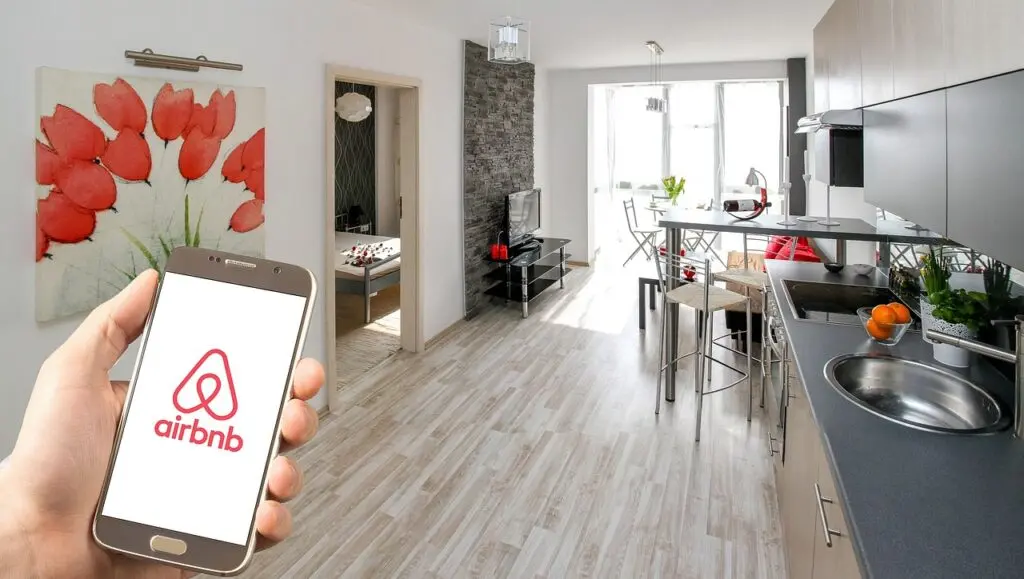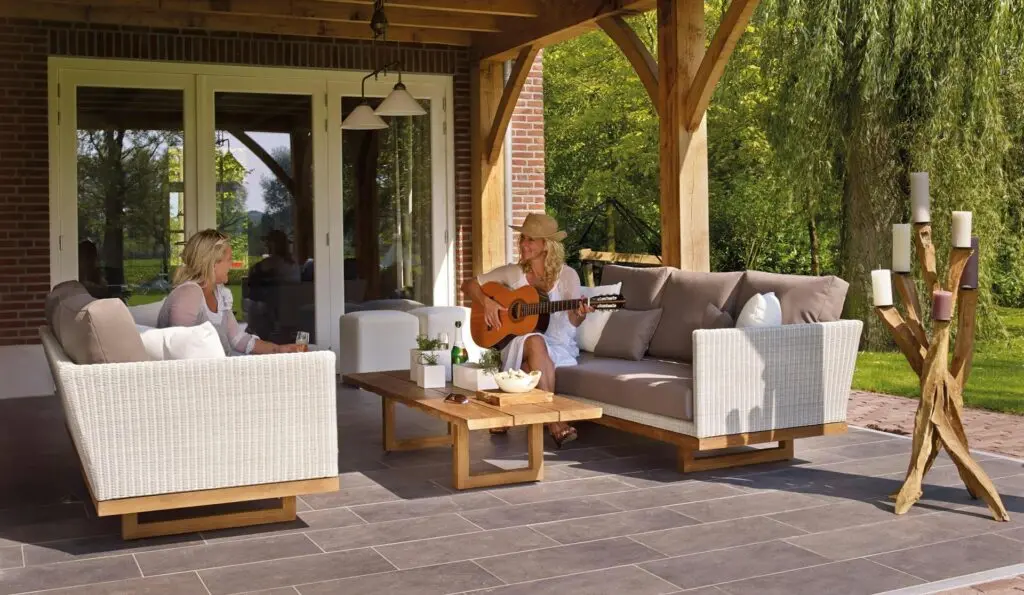Are you feeling confined in your compact living space? You’re not alone. With urban populations continuing to grow, more individuals are living in smaller apartments and homes. According to the National Association of Home Builders, the average size of newly constructed homes in the United States has decreased to around 2,431 sq. ft.—the smallest average home size in over 14 years, as of 2024. (1)
Luckily, there’s a simple yet impactful design strategy to enhance your space and make it feel larger and more welcoming: vertical tiles. These elongated tiles are increasingly popular and offer numerous aesthetic and functional benefits.
Keep reading to discover why vertical tiles are a top design choice for maximizing small living spaces.
Provide the Illusion of Height
One of the most compelling benefits of vertical tiles is their ability to create the illusion of height. By drawing the eye upward, they make ceilings appear taller, which enhances the sense of spaciousness in confined rooms.
This effect works particularly well in space-restricted areas such as bathrooms and kitchens. For example, installing vertical shower tile from floor to ceiling in a small bathroom can visually elongate walls, making shower spaces feel more open and airy. This technique not only improves the aesthetics but also enhances the overall bathing experience by creating a more luxurious atmosphere.
Spread Light Reflection
In compact spaces, every ray of light is crucial, and vertical tiles are excellent at maximizing natural and artificial illumination. Especially when finished with a glossy surface, vertical tiles increase the area for light to reflect around the room, brightening dark corners and reducing shadows that can make spaces feel cramped.
The vertical alignment facilitates more effective light dispersion, creating an open, airy ambiance that visually expands your room.
Bring a Sense of Flow
Vertical tiles naturally induce a smooth visual flow by guiding the eyes from floor to ceiling. This continuous line fosters a cohesive and organized look, making small spaces feel less cluttered, even without rearranging furnishings.
In narrow areas like hallways, this vertical emphasis creates a dynamic movement that gently leads you through the space, enhancing the overall comfort and aesthetic appeal. This thoughtful design technique can transform small rooms from chaotic to harmonious.

Provide Versatile Designs
You might assume vertical tiles restrict your design options, but in reality, they offer immense versatility. Available in a wide range of colors, textures, and materials—such as ceramic with intricate patterns, metallic finishes for glam, or even wood- and fabric-look tiles—vertical tiles can complement any style, from minimalist to rustic or bold and artistic.
The application options are plentiful. Use vertical tiles to create accent walls, frame kitchen backsplashes, or highlight entryways. You can mix tile styles to craft gradient effects or striking geometric patterns, starting with darker hues at the base and gradually transitioning to lighter shades above to amplify height perception. This flexibility lets you personalize your space while leveraging the space-enhancing benefits of vertical designs. (2)
Cost-Effective Home Improvement
Integrating vertical wall tiles into a small space is an economical way to elevate your home’s interior without costly renovations. Unlike extensive remodeling projects, vertical tiling offers scalable options suitable for various budgets.
You don’t need to tile an entire room to reap the benefits; a carefully selected accent wall can serve as a captivating focal point, adding depth and character to your space with minimal expense.
Pricing for vertical wall tiles varies based on material and quality. Typically, ceramic or porcelain tiles suitable for vertical layouts cost between $12 to $50 per square foot, while premium options like glass tiles may range from $15 to $110 per square foot as of 2024. (3)
Wrapping Up
Vertical tiles are more than a current design trend—they offer practical solutions to maximize small living spaces. By visually increasing height, enhancing light reflection, and creating harmonious flow, these tiles can transform even the smallest rooms into spacious, inviting environments.
If you’re interested in learning more about “Know The Benefits Of Rising Effects Of Wood Effect Tiles,” please visit our “Decoration” category for detailed insights.
Additional Insight: Beyond their functional benefits, vertical tiles contribute to sustainable interior design by promoting the use of durable, long-lasting materials. Choosing eco-friendly options such as recycled glass or sustainably sourced ceramics allows homeowners to reduce their environmental footprint while enhancing their living spaces. Furthermore, vertical tile installations often require minimal maintenance and cleaning, preserving their pristine look over time. These qualities make vertical tiling not only a stylish and space-efficient choice but also an environmentally responsible one that aligns with modern green living trends.
References:
- “The typical new home in the U.S. is shrinking. Here’s what that means for buyers,” Source: https://www.cnbc.com/2024/06/25/the-typical-newly-built-house-in-the-us-is-shrinking.html
- “Tile layout patterns and ideas – 16 clever design tricks with tile,” Source: https://www.homesandgardens.com/interior-design/tile-layout-patterns-and-ideas
- “How Much Will It Cost to Retile a Bathroom? [2024 Data],” Source: https://www.angi.com/articles/how-much-does-bathroom-tile-installation-cost.htm



